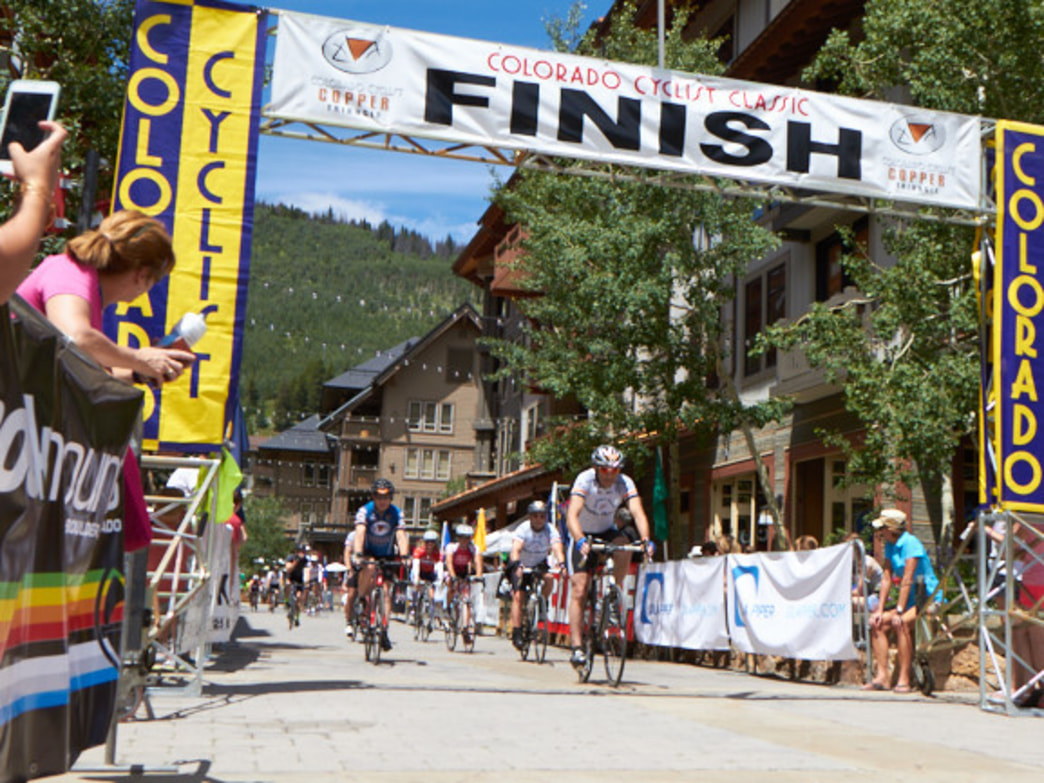We have seen how a couple of simple calculations can compute the total effort to make a climb. We only need to know elevation gain, cycling distance, and cyclist-cycle weight. This number replaces having to know the details of the path to the top. Now the question is how can I use it to assess my ability to make the climb.
How fast should I target my climb?
You have booked a trip to France to fulfill a “bucket list” item and climb the  Alpe d’Huze. You estimate you can sustain a power output level for at least an hour at 175 Watts/Sec. We have computed the total effort as 693,808 Joules. What is a realistic goal for making the ascent? Here is the formula relating PowerLevel, RequiredEffort, and Climbing Time which yields 66 minutes to make the climb.
Alpe d’Huze. You estimate you can sustain a power output level for at least an hour at 175 Watts/Sec. We have computed the total effort as 693,808 Joules. What is a realistic goal for making the ascent? Here is the formula relating PowerLevel, RequiredEffort, and Climbing Time which yields 66 minutes to make the climb.
ClimbingTime = RequiredEffort/PowerLevel
What power level would I need to finish in a given time?

You have made the climb several times and you have a goal of less than an hour. What training level would I need to make this happen? Using simple algebra, the equation is
PowerLevel = RequiredEffort/ClimbingTime
You would need to be able to sustain a level of 192.7 Watts/Sec
Where does my power level place me on the Coggin Table?
The Coggin Table provides estimates of power levels for men and woman of varying ability from untrained to exceptional. His numbers assume that the more massive the cyclist, the greater their ability to produce power. Therefore, he has normalized his power output numbers to a value per kg of mass. For long rides, Coggin uses an estimate of FT or Functional Threshold. This is a biological estimate of the body to maintain a tolerable level of Lactic Acid buildup.

Remember mass and weight are different. Your mass never changes, but your weight is dependent on where you are on Earth or Mars. Each has different gravitational strengths reflected in their Earth or Mars. Each has different gravitational strengths reflected in their gravitational constants denoted by g. On Earth, g is 9.8062 in cgs units. To get mass from weight, you simply divide weight in Newtons by g.
Suppose you are a recreational rider weighing 180 lbs. This equals 800.7 Newtons in cgs and a mass of 81.65 kgs. You would need a power level of 192.7 to climb the Alpe d’Huze in one hour To get the Coggin number, you divide that by the mass of 81.65 kgs and get 2.36 Watts/(kg⋅Sec).
This would indicate a cyclist on the lower edge of being fairly trained should be able to make the climb in an hour. Remember though, untrained and recreational are almost the same. You can also see how great the distance is between Elite training levels and recreational.
Next Topic: Rating Climb Difficulty
